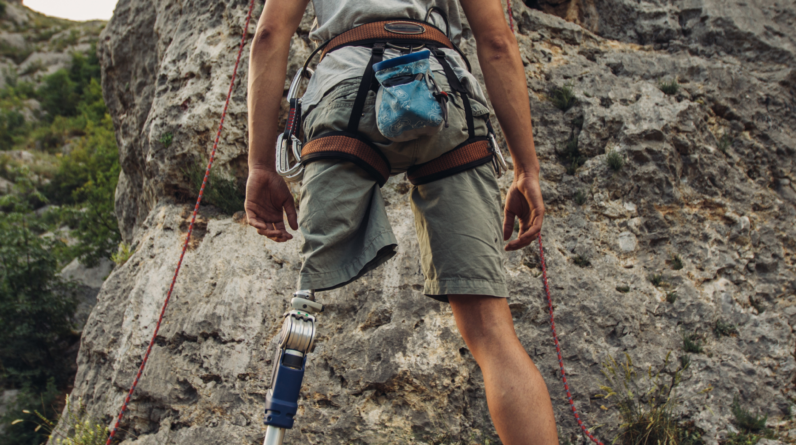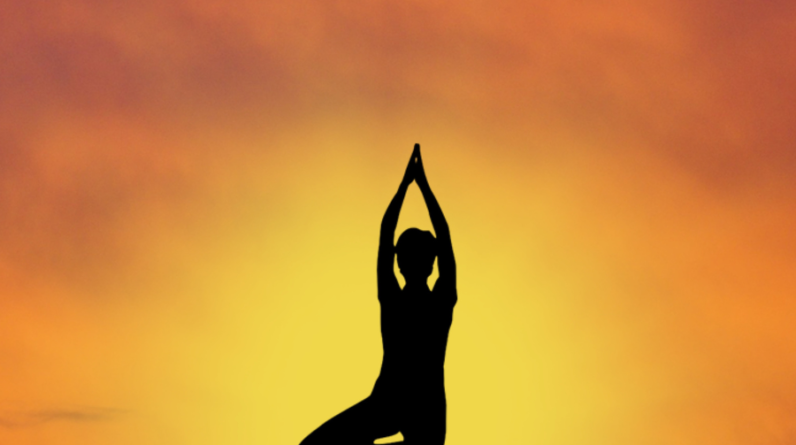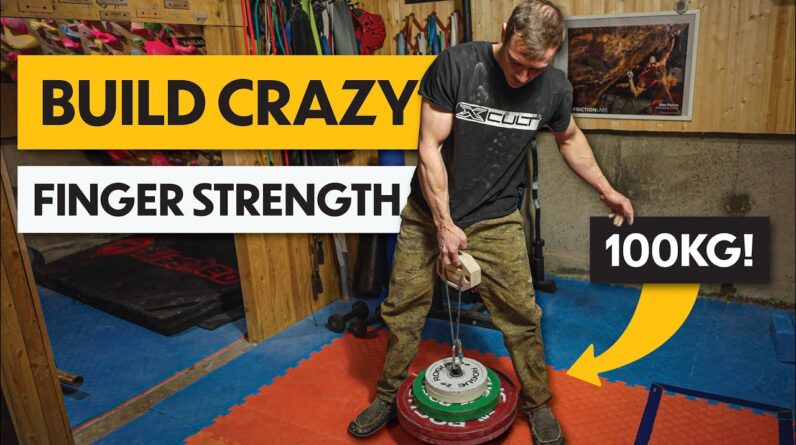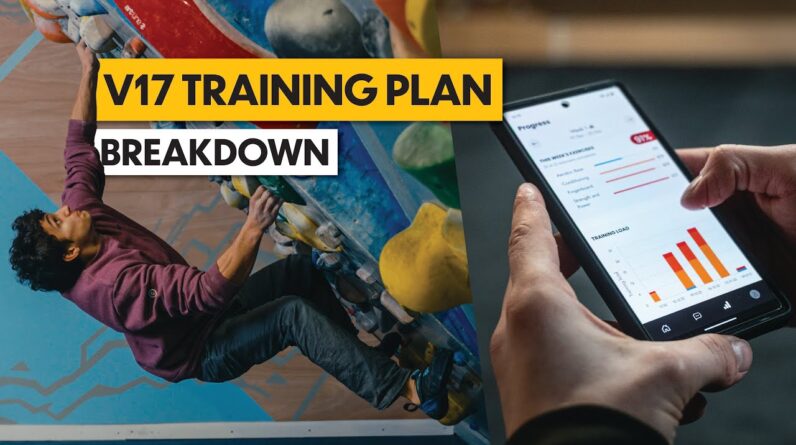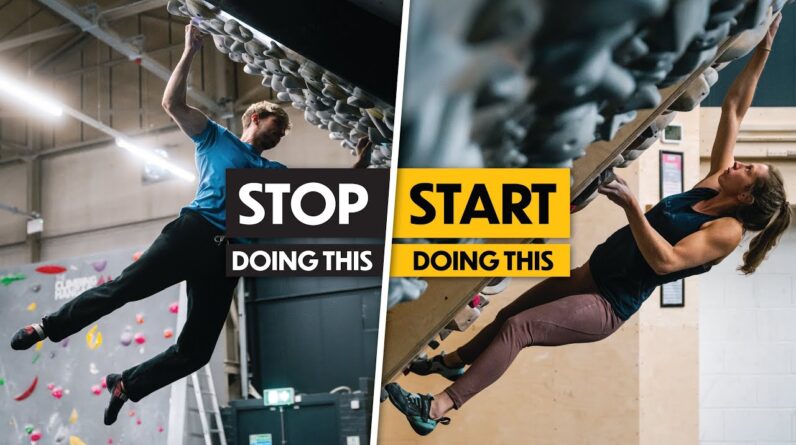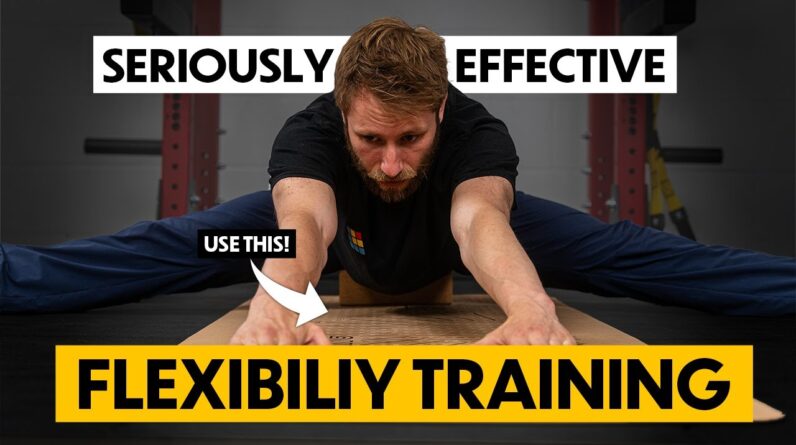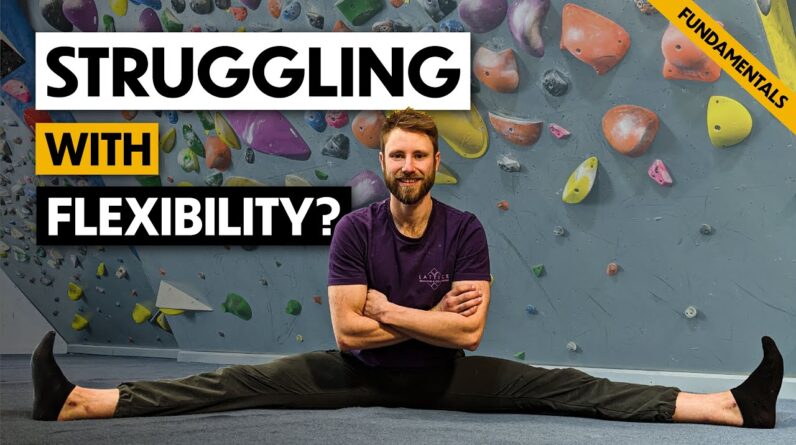
A Performance Guide to Flexibility
There are many ways to develop your flexibility and it is a BIG part of climbing performance. It must not be neglected if you are serious about climbing. Yoga is a great example and can work extremely well. Others prefer to spend time in long passive stretches in front of the TV.
| Importance of Flexibility | Explanation |
|---|---|
| Improved Movement Efficiency | Flexibility enhances your ability to move through the full range of motion, which results in smoother and more efficient movements in climbing or other activities. |
| Increased Range of Motion | By stretching and lengthening your muscles, you increase your flexibility and the range of motion in your joints, which allows you to reach further and perform more advanced movements. |
| Reduced Risk of Injury | Flexible muscles and joints are less prone to injury because they have a greater ability to absorb shock and move through a wider range of motion. |
| Improved Balance and Coordination | Improved flexibility can lead to better balance and coordination, which can help you avoid falls and perform movements with greater control and precision. |
| Better Posture | Flexibility training can also improve posture by correcting muscle imbalances, which can lead to better alignment and reduce the risk of injury. |
The Fundamentals of Lower Body Flexibility for Climbing
Hey there climbers! Are you tired of not being able to hit those heel hooks or toe hooks? Well, today’s your lucky day because we’re talking about the greatest defining factor in movement efficiency: lower body flexibility. And I’m not just talking about any kind of flexibility, I’m talking about the kind that will directly transfer into your climbing movement.
Today, I’m going to show you the fastest methods to improving your flexibility that will have a direct transfer into your climbing movement.
Strength Through Range
Before we dive into the methods, let’s talk about the fundamentals of flexibility training. I call it “Strength Through Range.” This refers to increasing the strength through the whole range of movement. If you want to use your flexibility on the wall, it’s important to have the strength to display and actively move through this entire range of motion. When we’re thinking about flexibility training, it’s important to build strength and flexibility at the same time.

Three Great Methods
Now that we’ve covered the fundamentals, let’s dive into the three great methods for improving your strength and flexibility:
- Loaded Progressive Stretching: This means using a weight or resistance to assist you and pull you deeper into a stretch, but then also moving through the entire range of motion with that resistance.
- Overcoming Isometrics: This involves contraction followed by relaxation, which can be cycled throughout the whole set. This is similar to PNF stretching, where we form a contraction when we’re stretched at the end range.
- High Leverage Positions: This involves assuming a challenging position and holding an isometric contraction within that position.
Feeling Before Form
Before we jump into exercises, it’s important to remember “Feeling Before Form.” In strength training, we often say “Form is King,” but in flexibility, it’s all about feeling the stretch. Using enough weight to pull you a little bit further into the stretch is key, but don’t overdo it. If you use really heavy loads, you might actually limit your range of motion.
Measurable Goals
Setting goals is key to measuring your progress. Without progress, what’s the point of training? It’s good to find positions that are measurable, like the side split or the pike. Using things like photos, angle drawers, and touchpoints can make flexibility very measurable.
Length Then Strength
When it comes to flexibility, there are two muscle groups to consider: the lengthening side and the shortening side. When we think about heel hooking, our hamstrings lengthen while our hip flexors and quads shorten. It’s important to focus on strengthening the shortening side of the joint, but it makes sense to leave this until the end of your training session. Why? Well, strength is angle-specific and we want to be strong at the end range to make the most of the flexibility we have on the lengthening side.
So there you have it, climbers! The fundamentals of lower body flexibility for climbing. Remember to feel before form, set measurable goals, and focus on length and then strength. Happy training!
| Yoga Position | Body Part Targeted | Benefits |
|---|---|---|
| Downward Dog | Hamstrings, Calves, and Spine | Stretches the entire back of the body, strengthens the legs and arms and improves posture. |
| Pigeon Pose | Hips and Glutes | Stretches the hips and glutes, relieves lower back pain and improves hip mobility. |
| Warrior II | Hips, Thighs, and Shoulders | Stretches the hips, legs, and chest strengthens the legs, and improves balance and stability. |
| Cobra Pose | Spine and Abdominals | Strengthens the muscles of the spine and abdomen, improves posture and flexibility in the back, and stretches the chest. |
| Triangle Pose | Hips, Thighs, and Hamstrings | Stretches the hips, legs, and torso strengthens the legs and improves balance and stability. |
| Tree Pose | Hips and Thighs | Improves balance and stability, strengthens the legs and hips, and stretches the inner thigh and hip. |
Downward Dog: Begin on your hands and knees with your wrists under your shoulders and your knees under your hips. Lift your hips up and back, straightening your arms and legs, and coming into an inverted V-shape. Keep your head and neck relaxed, and your gaze toward your navel. Hold for 5-10 breaths.
Pigeon Pose: Start on your hands and knees with your left knee bent behind you and your left foot near your right hip. Extend your right leg straight behind you. Lower your hips to the ground, keeping your left knee bent. Place your hands on either side of your left hip, and hold for 5-10 breaths.
Warrior II: Begin standing with your feet hip-width apart, and your arms extended out to the sides at shoulder height. Step your left foot back, turning it out to the side. Bend your right knee and lower your hips, keeping your arms extended and your gaze forward. Hold for 5-10 breaths.
Cobra Pose: Start lying face down on the ground, with your hands under your shoulders and your elbows close to your body. Push up into a backbend, keeping your elbows close to your body and your neck relaxed. Hold for 5-10 breaths.
Triangle Pose: Start standing with your feet hip-width apart, and your arms extended out to the sides. Step your left foot back, turning it out to the side. Reach your left hand down to your ankle, while reaching your right hand up to the ceiling. Hold for 5-10 breaths.
Tree Pose: Begin standing with your feet hip-width apart, and place your left foot on your right thigh. Hold onto your ankle, and bring your hands together in front of your heart. Hold for 5-10 breaths.

